Curriculum K-5


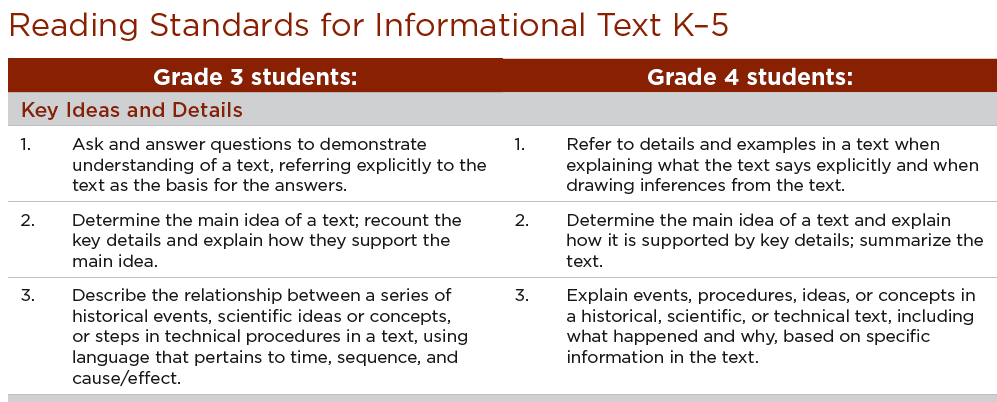
Program Resources

All grades use Reading Street from Pearson, which includes authentic
literature, vocabulary,
comprehension, research, grammar, and writing instruction. The program
features award-winning
literature at every grade level, alongside a collection of leveled readers.
Daily and weekly writing
tasks encourage students to use text-based evidence to support their
writing. These writing tasks
are scaffolded, starting from sentence construction to paragraphs and
eventually essays, where
students are directed to use evidence from multiple texts. Each week
includes a literature selection
aligned with the unit theme.
However, Grades 1, 2, and 3 are transitioning to the Wonders Curriculum by
McGraw-Hill,
while Kindergarten and Grades 4 and 5 continue with Reading Street.

Wonders by McGraw-Hill is a comprehensive K–5 English Language Arts curriculum designed to build strong foundational literacy skills. The program emphasizes phonics, reading comprehension, vocabulary development, writing, and collaborative learning through engaging, high-quality texts. Wonders supports differentiated instruction to meet the needs of diverse learners while fostering critical thinking and a lifelong love of reading.
| Kindergarten | Grade 1 | Grade 2 | Grade 3 | Grade 4 | Grade 5 |
|---|---|---|---|---|---|
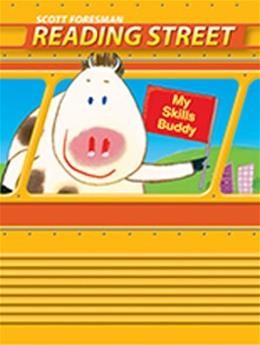 |
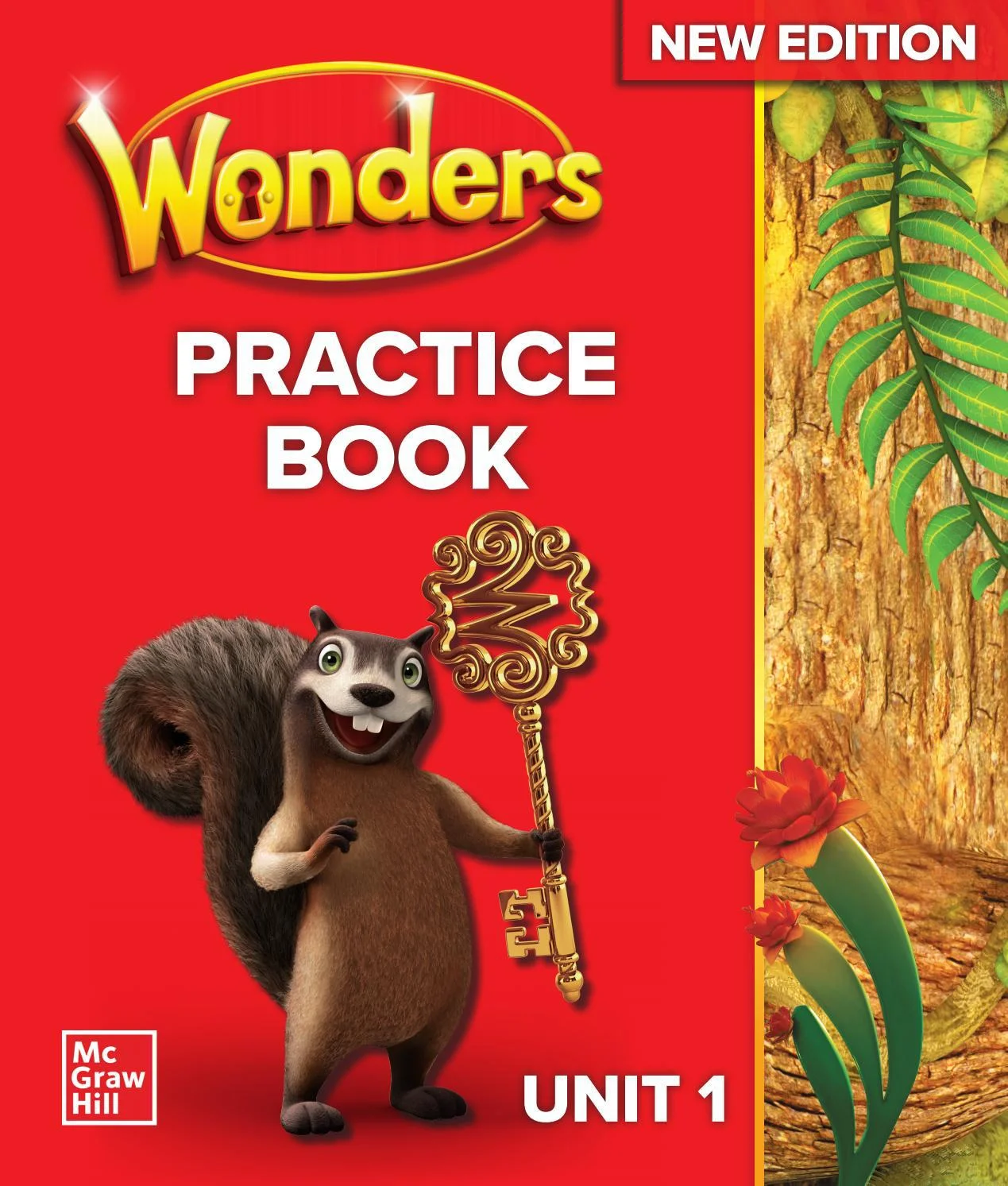 |
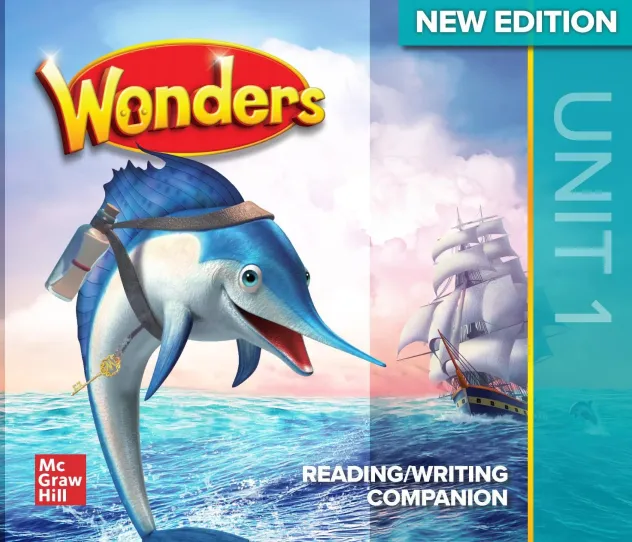 |
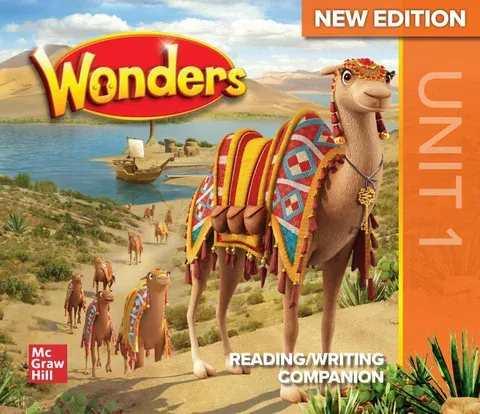 |
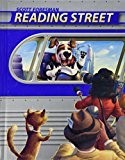 |
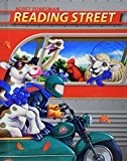 |



Program Resources

| Kindergarten | Grade 1 | Grade 2 | Grade 3 | Grade 4 | Grade 5 |
|---|---|---|---|---|---|
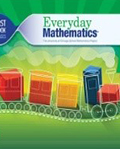 |
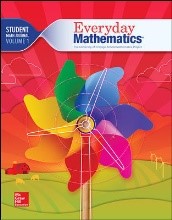 |
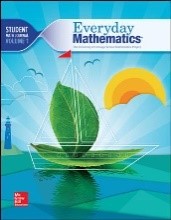 |
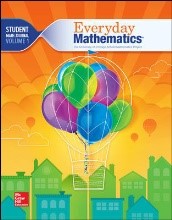 |
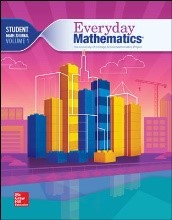 |
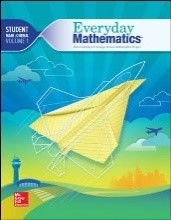 |


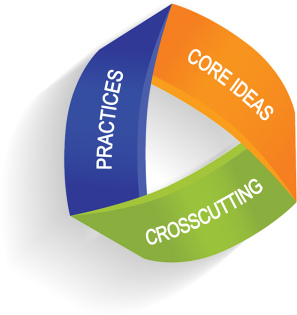
- Crosscutting - Crosscutting Concepts help students explore connections across the four domains of science, including Physical Science, Life Science, Earth and Space Science, and Engineering Design.
- Practices - Science and Engineering Practices describe what scientists do to investigate the natural world and what engineers do to design and build systems.
- Core Ideas - Disciplinary Core Ideas (DCIs) are the key ideas in science that have broad importance within or across multiple science or engineering disciplines.
Program Resources

| Kindergarten | Grade 1 | Grade 2 | Grade 3 | Grade 4 | Grade 5 |
|---|---|---|---|---|---|
 |
 |
 |
 |
 |
 |

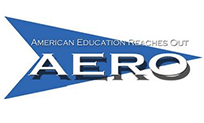

Program Resources

| Kindergarten | Grade 1 | Grade 2 | Grade 3 | Grade 4 | Grade 5 |
|---|---|---|---|---|---|
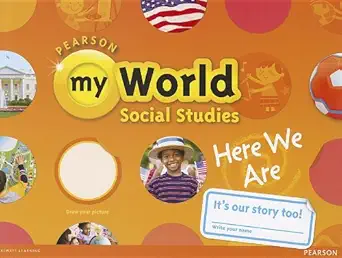 |
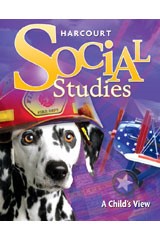 |
 |
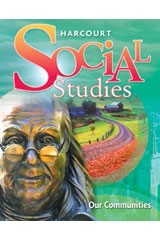 |
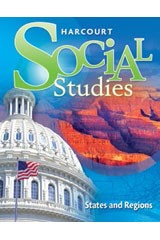 |
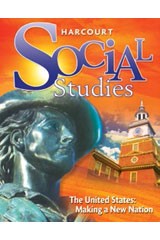 |


Our foreign language courses follow the American Council on the Teaching of Foreign Languages World-Readiness Standards for Learning Languages. The standards create a roadmap to guide learners to develop competence to communicate effectively and interact with cultural competence to participate in multilingual communities at home and around the world. The goal areas revolve around communication, cultures, connections, comparisons, and communities.






For physical education, we follow learning standards from SHAPE America. SHAPE America's National Standards & Grade-Level Outcomes for K-12 Physical Education define what a student should know and be able to do as result of a highly effective physical education program. By the end of elementary, the students will be able to demonstrate competence in fundamental motors skills and selected combinations of skills; apply basic movement concepts to a variety of activities and sports; identify basic health-related fitness concepts; exhibit acceptance of self and others in physical activities; and identify the benefits of a physically active life style.





Our art class follows the National Core Art Standards for Visual Arts from the National Coalition for Core Arts Standards. The National Core Arts Standards outline the philosophy, primary goals, dynamic processes, structures, and outcomes that shape student learning and achievement in dance, media arts, theatre, and visual arts. The standards revolve around the key traits of Creating, Performing, Responding, and Connecting.



Our art class follows the National Core Art Standards for Music from the National Coalition for Core Arts Standards. The National Core Arts Standards outline the philosophy, primary goals, dynamic processes, structures, and outcomes that shape student learning and achievement in dance, media arts, theatre, and visual arts. The standards revolve around the key traits of Creating, Performing, Responding, and Connecting.


